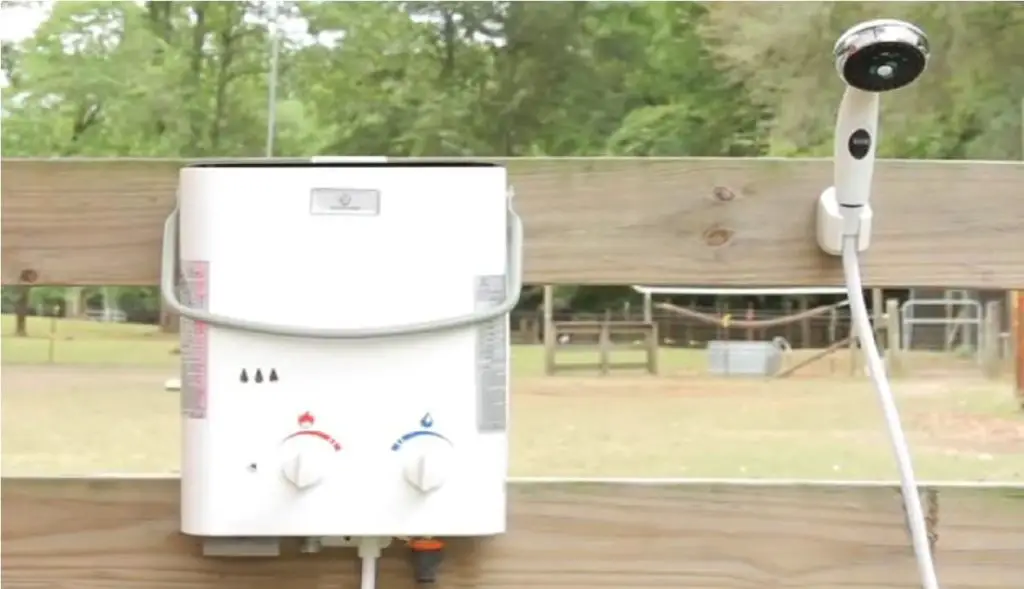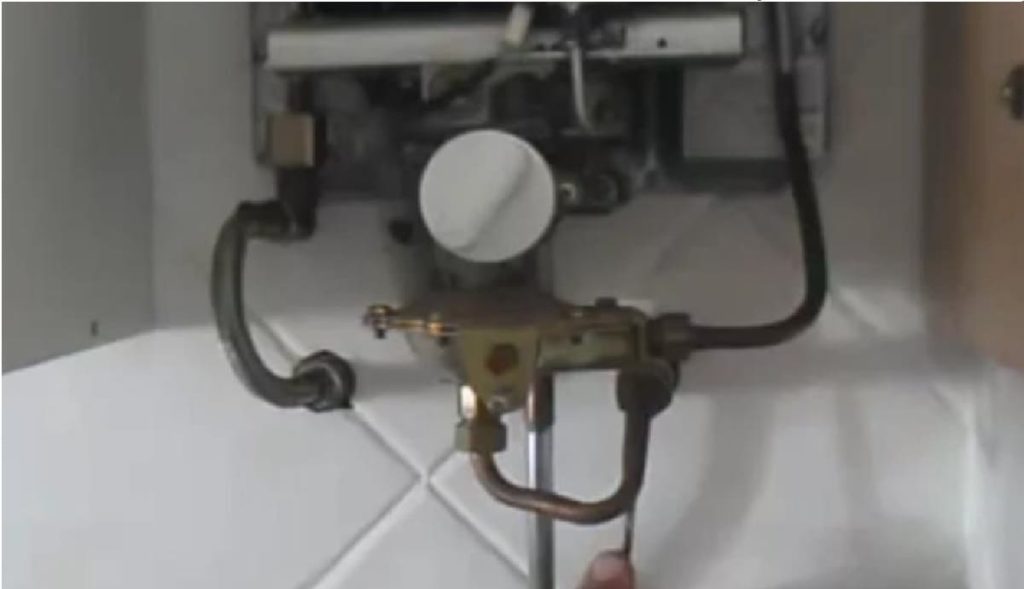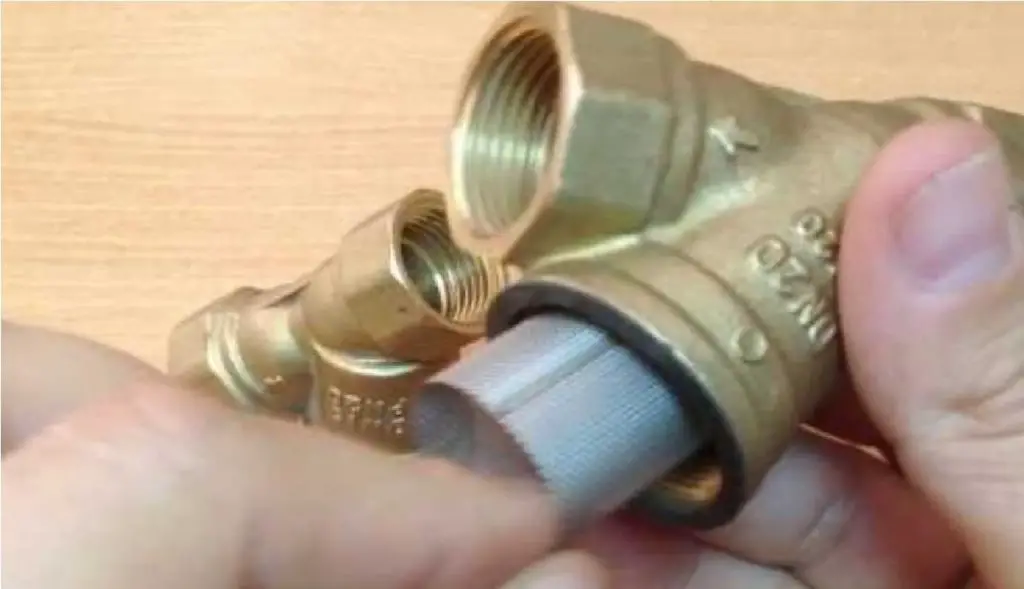Nowadays houses come with a great deal of commodities presented in the form of various truly amazing innovations. Some houses include them; some can be modified through installation of these commodities. One of the most overlooked commodities is heated water. Having on-demand hot water sounds like a great thing to enjoy until the point where you need to be involved in order to reap its benefits.
When owning a tank less water heater, you will find that it is full of advantages and once installed, you won’t need to glance twice at it to have precious hot water to help you clean, cook and take a relaxing bath after a long busy day. But like every other appliance you purchase, it comes with a manual and depending on the area you live and if there’s any water hardness, you will most likely have to perform maintenance on it to keep it in tip top shape.

For efficient and always on time hot water service, a tank less hot water heater is the best option to go with. So, why do we need to do any tank less water heater maintenance in the first place? After reading your heaters manual, you’ll see that the heating process occurs inside the device where water goes through. If there’s hard water in your area, and even if there is not, the minerals present in any type of water will solidify after long periods of time, building up inside of your heater, promptly clogging or turning down its capabilities.

Even if you haven’t done it before or it’s the first time you hear about this, performing tank less water heater maintenance is rather straightforward and not taxing in any way. Aid yourself with your heater’s manual, since by reading it thoroughly you will understand and know the parts that compose your heater and it will make the whole maintenance process that much more easy. Your manual should also include some tank less water heater maintenance tips, so be sure to follow those as well as the ones we will mention below.
The process.
The whole maintenance process is two steps long but the time it takes will mostly depend on the descaling process. As we mentioned, any type of water will contain several types of minerals that given the right conditions (heat and a surface to clump on to) will band together little by little creating limescale deposits that will entirely clog the drainage on your heater if left to their own means, among other parts that compose your heater and make it work and perform its best when clean.
Flush it down.
These deposits we just mentioned, can be treated for the most part by performing a cleaning process by flushing the heater’s system. This type of cleaning can be done every six to twelve months depending on the use of hot water, if there’s hard water in your area and how long is the tank less water heater maintenance period mentioned in your manual, but it will greatly help towards the longevity of the unit. For this, locate your system’s water supply and consult your user manual for the proper steps to shut it off as well as the device’s power supply.
When this is done you can then connect a series of hoses to the unit. Generally, you will connect a pump to the cold water hose, and an additional hose to the hot water isolation valve. Both ends of these hoses will then go to a bucket to which you will use for the flushing. Let the pump run anywhere from forty-five minutes to an hour for the best results.
Descaling the system.
For a thorough cleaning, you can also help the breakdown of limescale by using a mixture of vinegar and water. This will effectively loosen and discard any residue building up on your heater. By following the flushing steps, you will use the pump to push the mix of vinegar into the heater for the same amount of time. Once this process has been performed with the vinegar water you should do another round with plain water as well.
This cleaning process can be done at least once for every year of use on the heater. A very similar process of performing tank less water heater maintenance is included in any descaling kit. You may purchase one of said kits if by any means you need written instructions for this process, graphic aids or you misplaced your heaters manual (it happens!)
Don’t forget the other filters.
Depending on the model of tank less heater that you might have installed on your home, the unit would include air and water filters that will also need some regular attention. The air filter should be able to be removed after cutting off the power supply, and also cut the water supply when cleaning the water filter.

Remove forth filters and clean out any sediment or residue in them with a soft brush. Using warm water with a bit of soap can help you greatly when performing this task, to loosen up and free any debris inside of any of the filters. After a well rinse down, you should let the air filter completely dry out, and wipe down the water filter to make sure no residue is left on them.
Although your heater is a tank less heater for a reason, it does come with a tank. In our list of best practices, wiping the outside of the tanks is considered one of them when doing tank less water heater maintenance, to avoid any dust and any other dirt entering the system and damaging it.
Make sure you take a good look and do a rundown of all the parts of your heater to spot any signs of low performance early on. By doing this, you not only ensure your unit is in good shape but also its components. Catching an issue while doing maintenance will help you get it fixed earlier when it shouldn’t cost you as much as in an emergency situation.
In any case, following these couple of simple steps will help you perform tank less water heater maintenance in a sitting, but if the task seems too demanding, or any issues arise while trying to perform the cleaning process, you can also contact and schedule a maintenance session with a trusty plumbing service or heater maintenance service you might know in your area.

Regardless of the option you decide on, keep your tank less water heater maintenance as a priority for the years to come, now that you have all the information on how to make it last.
